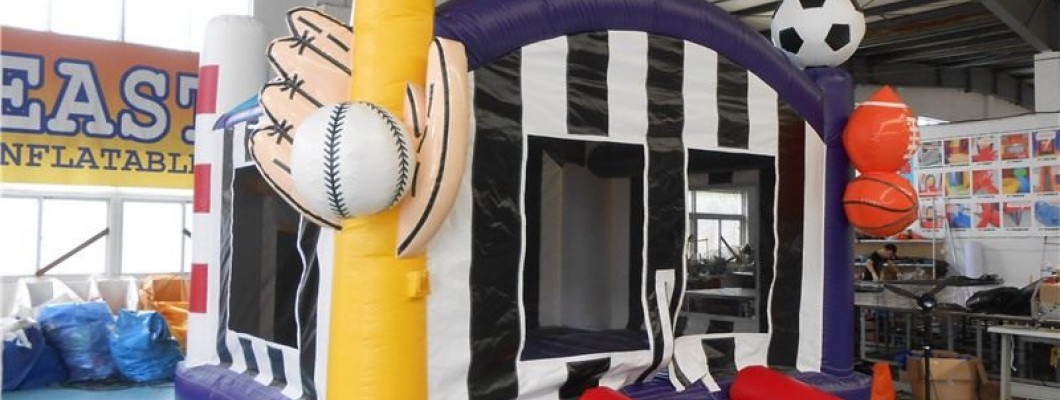
Moving a bouncy castle while it's inflated might seem like a quick solution during an event, but it can have serious consequences. Bouncy castles are large, inflatable structures that require proper setup and anchoring to ensure safety. Here’s what you need to know about the risks and issues associated with moving a bouncy castle while it’s inflated:
1. **Risk of Injury**
One of the most significant risks of moving a bouncy castle while it's inflated is the potential for injury:
- Unstable Structure: Moving an inflated bouncy castle can cause it to become unstable, increasing the risk of tipping over or collapsing. This instability can lead to falls and injuries for anyone inside or near the bouncy castle.
- Tripping Hazards: As the bouncy castle is moved, the inflatable material can create tripping hazards, especially for children who may not be aware of the movement.
- Unsecured Anchor Points: During the move, the anchor points that keep the bouncy castle in place may become loose, causing the structure to shift unexpectedly and potentially injure users.
2. **Damage to the Bouncy Castle**
Moving a bouncy castle while it’s inflated can also cause damage to the inflatable structure itself:
- Punctures and Tears: The material of the bouncy castle is at risk of being punctured or torn when dragged or moved across rough surfaces, sharp objects, or uneven terrain.
- Strain on Seams: The seams of the bouncy castle can be strained during movement, leading to potential air leaks or structural weakening, which can shorten the lifespan of the inflatable.
- Motor Strain: If the blower is running while the bouncy castle is being moved, it can put additional strain on the motor, potentially causing overheating or damage to the blower unit.
3. **Compromised Safety Features**
Bouncy castles are designed with specific safety features that can be compromised if the structure is moved while inflated:
- Misalignment: Moving the bouncy castle can cause it to become misaligned, affecting the even distribution of air and making certain areas of the castle more prone to collapse.
- Unbalanced Inflation: The movement can cause the air pressure within the bouncy castle to become uneven, leading to soft spots or overinflated areas that can affect safe play.
- Disrupted Anchors: Proper anchoring is essential to keep the bouncy castle stable and secure. Moving it can disrupt these anchors, increasing the risk of the inflatable becoming airborne in windy conditions.
4. **Best Practices for Safety**
To ensure the safety of all participants and the longevity of the bouncy castle, it’s important to follow these best practices:
- Deflate Before Moving: Always deflate the bouncy castle before attempting to move it to a new location. This reduces the risk of injury, damage, and compromised safety features.
- Reanchor After Moving: Once the bouncy castle is in its new location, take the time to properly anchor it again before inflating it. This ensures that the structure remains secure and safe for use.
- Inspect for Damage: After moving and reinflating the bouncy castle, inspect it for any signs of damage or wear before allowing children to use it.
In summary, moving a bouncy castle while it's inflated is not recommended due to the significant risks of injury, damage, and compromised safety features. Always follow proper procedures by deflating the structure before moving it to ensure a safe and enjoyable experience for everyone involved.

Leave a Comment